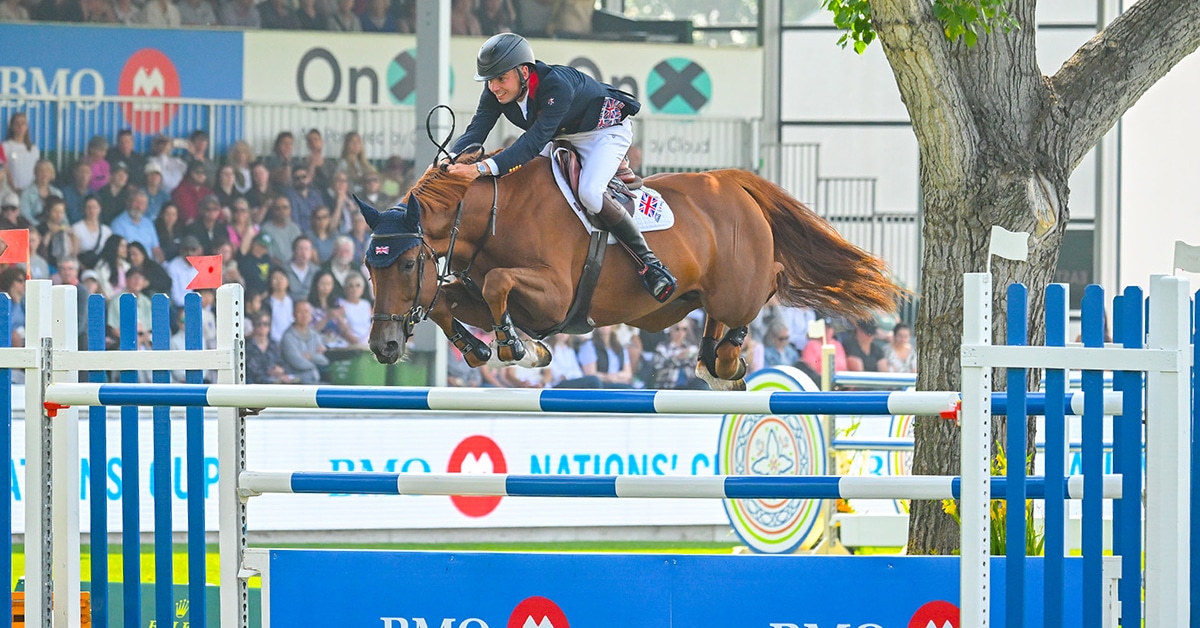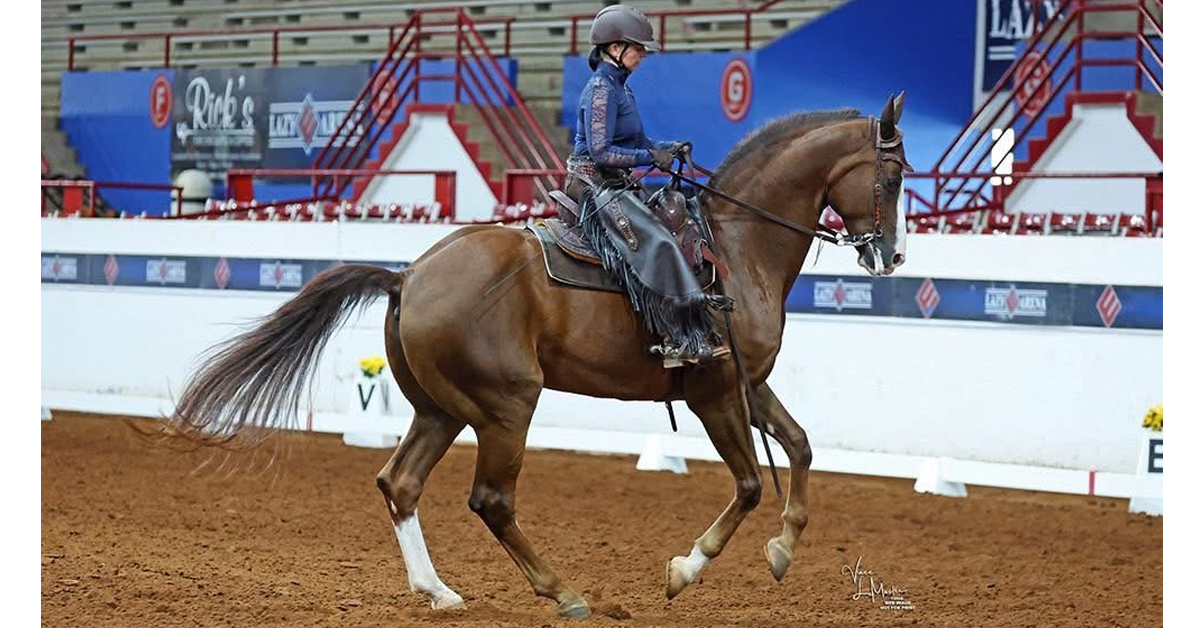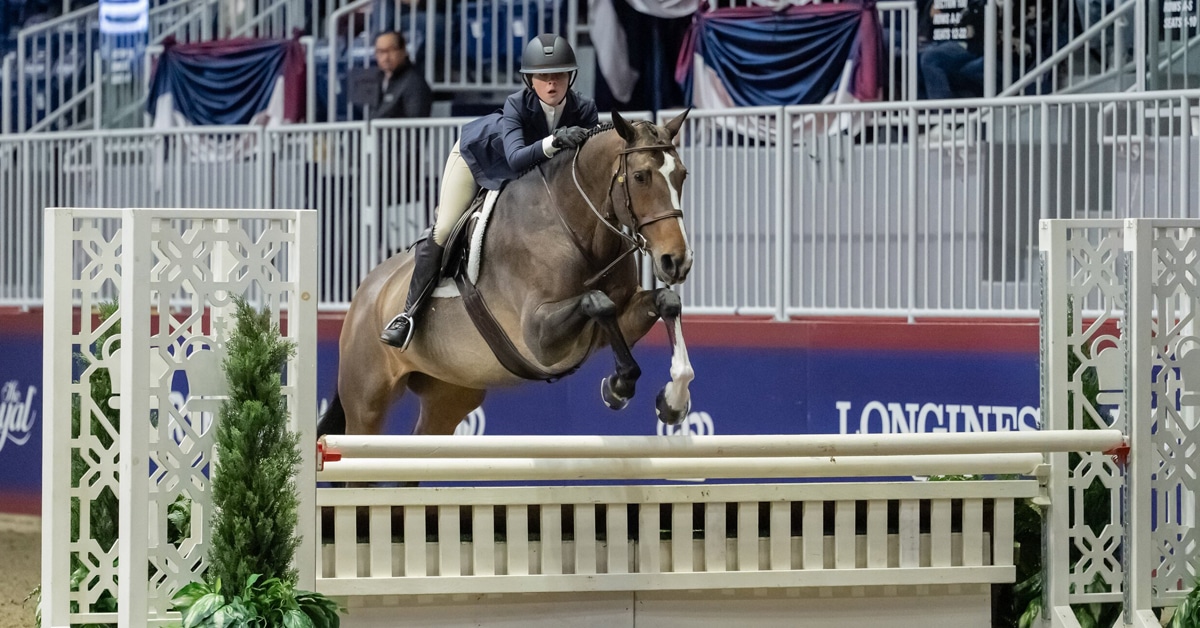EC’s Annual General Meeting is next week (May 27), where the 27 voting members will receive the Financial Statements and elect three new board members from a slate of four. Sport Canada has also required that an Athlete Director be added to the board to ensure there is athlete representation at all levels of decision-making and to create an athlete-centred culture. The first appointment to this position is Mac Cone, who has been competing internationally for over 30 years. His career highlights include winning a silver medal in team jumping at the 2008 Beijing Olympics, a silver at the 2007 Pan American Games, and being the top-placed Canadian at the 2002 World Equestrian Games in Spain.
Of the four candidates being considered for the board, two are current board members: Jennifer Hodgson was first elected in 2022 and Nathan Reeve was appointed last year after John Gallinger resigned. The two new candidates are Stephanie Leblond and Nicholas Sutcliffe, who both answered a series of questions for Horse Sport so that readers could better get to know them and their views.
Stephanie Leblond
1. Tell us about yourself. Do you ride or have experience in the equestrian world? At what level or in which discipline?
I started riding at age six, following in my older sister’s footsteps. At first, I was hesitant but over the years, thanks to inspiring people and wonderful horses, I not only grew in confidence, but also developed a deep passion for both the sport and the animals.
In recent years, I’ve competed on the Gold Circuit across Quebec and Ontario, and have also balanced a professional career with winter show seasons in Ocala, Florida. I was reserve champion at the 2019 JC Anderson Legacy Medal National Final and competed at the 2024 Royal Agricultural Winter Fair in the Adult Hunter division.
Excellence is a core value for me, whether in my career or in sport, and that’s the same level of commitment I would bring to Equestrian Canada.
2. Why do you want to be on the Equestrian Canada Board?
Through my professional experience, I’ve developed a strong interest in governance, risk management, and process improvement. I believe in sincere, hands-on involvement and have always been driven by a desire to contribute to organizations’ strategic direction, both in my career and in the boards I serve.
Having been passionate about horses since childhood and competing on the Gold Circuit for over 15 years, I see this opportunity to serve on the Equestrian Canada Board as a meaningful way to give back. I want to use my governance expertise to support and advance EC’s 2022–2025 strategy, Building a Better Future, and help shape a sport system that’s modern, responsive, and inclusive.
3. What’s your vision for equestrian sport in Canada over the next five years?
One of EC’s greatest strengths is its diverse membership, from grassroots riders to international athletes, breeders, coaches, and beyond. We all share the same passion, and I believe we must never lose sight of that: our love of horses is the heart of everything we do.
I fully support EC’s Building a Better Future strategy as a foundation for long-term development, especially its pillars of building a strong foundation, investing in the future, and serving the community. My vision is to strengthen collaboration across disciplines, support athlete pathways, and ensure our sport remains safe, inclusive, and forward-thinking, while staying deeply connected to its core values.
4. How will you make Equestrian Canada more responsive and accountable to its members?
Responsiveness starts with listening. EC has made progress in recent years, particularly by inviting members to participate on Operational Committees, where they have real opportunities to contribute.
I believe we can strengthen those efforts by holding more targeted member consultations, such as focus groups, and by ensuring Board visibility in activities governed by EC. Transparency, clear communication, and proximity to the field are key pillars for building trust and driving relevance.
5. What do you think of EC’s governance structure? Would you make any changes?
EC has made significant progress in governance, especially by aligning with the principles of the Canadian Sport Governance Code. The distinction between governance and management is clearly defined, something I’m familiar with through my board service and my involvement with the Junior Chamber of Commerce of Quebec, which operates under a similar model.
The Board’s mission is to be the guardian of the strategic vision, to define key objectives, and to monitor progress. EC is also fortunate to have a management team that actively brings this vision to life through its programs and services. I support the direction EC is taking and believe the Governance Renewal Position Paper provides a clear and promising roadmap.
6. How will you ensure financial responsibility and good governance at EC?
As a Chartered Insolvency and Restructuring Professional, I bring a high level of financial literacy and experience in organizational oversight. My work involves balancing the interests of multiple stakeholders while ensuring sound financial decisions and risk mitigation.
As a Board member, I would apply the same discipline by asking the right questions, supporting robust internal controls and upholding EC’s integrity. Financial transparency is not just about numbers; it’s about earning and maintaining the trust of every member who invests in our shared sport.
Nicholas Sutcliffe
1. Tell us about yourself. Do you ride or have experience in the equestrian world? At what level or in which discipline?
For the past 20 years, I’ve been immersed in Ontario’s hunter/jumper community — first supporting my wife, Lindsay, and now as a dedicated horse show dad to our two daughters, Beatrice and Madeline.
I rode growing up and played polo for a few years before starting our business — but I now focus all my energies on my horse-holding abilities!
We live on a small farm in Hockley Valley with a few of our horses, so I’ve come to appreciate not just the thrill of competition, but the everyday commitment and care that defines equestrian life. From the pony ring to the jumper ring, I’ve watched our girls grow through the sport, gaining confidence, resilience, a deep sense of responsibility and empathy. These are the values that will shape them into strong, capable adults and why I am such a big believer in equestrian sport.
Professionally, I’ve built and led growth-focused businesses in tightly regulated industries, bringing strategic insight, operational discipline, and a deep understanding of governance to every role I’ve had. I co-founded Pommies, which grew into one of Ontario’s most recognized craft cider brands. As a long-time supporter of the equestrian industry, I’ve been proud to see Pommies sponsor numerous horse shows and classes over the years — culminating in the honour of being named Equestrian Canada’s 2023 Sponsor of the Year.
In parallel, I’ve held board leadership roles including Chair of the Culinary Tourism Alliance and Founding Chair of the Ontario Craft Cider Association, where I championed long-term sustainability, inclusive culture, and collaborative government relations — values I believe are equally important to the future of equestrian sport in Canada. I have rejoined the OCCA board and currently serve as Vice Chair and sit on the Government Relations committee and was thrilled to see the recognition of Ontario Cider from the Government of Ontario in last week’s budget.
2. Why do you want to be on the Equestrian Canada Board?
I’ve spent the past 20 years as part of the Ontario hunter/jumper scene including countless weekends at horse shows and barns, speaking with parents, riders, coaches, and show organizers. In that time, I’ve heard of the many challenges facing each, but I have never met anybody in a role at EC – I think it’s so important that all the voices I’ve heard in the equestrian world get funneled through an EC megaphone to raise the community as one. When I saw the opportunity to participate, and perhaps help, I decided to step up and be one of those people. I’m excited to be part of an EC rejuvenation that will focus on serving its members while elevating equestrian sport across the country.
3. What’s your vision for equestrian sport in Canada over the next five years?
When I first met my wife, I would watch her compete at Palgrave in the 1.20 on her mare Leica (bonus points here for mentioning Leica…the real love of my wife’s life). If I were to be honest, I started watching just to impress her…but shortly thereafter, I found myself staying to watch the 1.10, the 1.00 and the .60 and then sticking around for the Grand Prix.
I found myself loving the sport and the competition, but I was always amazed at how few people were there in the stands with me. I could never understand why some of the most successful athletes in the country competed to empty seats. I’m happy in the fact that things are improving, both as a fan and as a sponsor…but I believe we can do so much more, and do it faster.
My vision is for equestrian sport in Canada to grow — both in reach and reputation. I believe EC has an opportunity to help fuel that growth, becoming a more member-focused and outward-looking organization. I’m particularly interested in building national programs for kids and the grassroots riders. We need to invest in future riders at all levels to build a stronger base and pool of talent while also supporting professionals and officials who keep the sport running. Canada has world-class talent and I would like to see EC elevate and amplify that talent at home and internationally.
4. How will you make Equestrian Canada more responsive and accountable to its members?
I come from a communications and operations background, and I believe in the power of transparency and responsiveness. Whether running a company or serving on a board, I’ve always believed that stakeholder feedback is not only valuable — it’s essential. I would push for clearer, more frequent member communication, mechanisms for two-way feedback, and increased visibility into decision-making processes. Accountability starts with listening, and as a Board member, I’d be committed to ensuring EC’s leadership reflects and responds to the voices of its members.
5. What do you think of EC’s governance structure? Would you make any changes?
The reality is that I can’t wait to find out. Sometimes you need to live in an ecosystem to see if all the parts are working as they should. I look forward to getting to know the structure and processes currently in place and recommending any changes if they are warranted. I look forward to revisiting this question six months from now, if afforded the opportunity.
6. How will you ensure financial responsibility and good governance at EC?
Having founded and led companies in tightly regulated industries, I know how critical financial discipline is — especially in member-funded organizations. I’ve overseen multi-million-dollar budgets, driven process improvements that led to significant cost reductions, and worked with boards to ensure financial transparency and risk mitigation. Good governance means asking tough questions, focusing on long-term sustainability, and always remembering whose money you’re stewarding. On the EC Board, I would bring a business-minded, member-first approach to financial oversight and strategic planning.
The Latest









